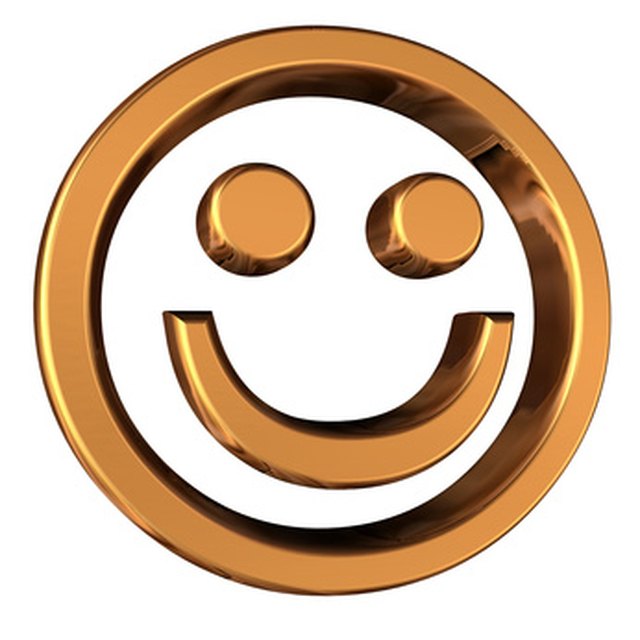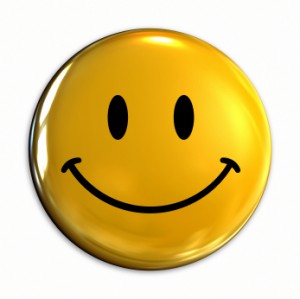

Late to easily retrieve the post, and the original message was lost for many The time I realized that this smiley-face phenomenon was going to be long-lastingĪnd that it would spread around the world as the Internet grew, it was too It’s interesting to note that Microsoft andĪOL now intercept these character strings and turn them into littleĭestroys the whimsical element of the original. Variants seem to be in common use for actual communication. But only my two original smilies, plus the “ winky ” -) and the “ noseless” Open-mouthed surprise, person wearing glasses, Abraham Lincoln, Santa Claus,Ĭlever compilations has become a serious hobby for some people. Seeing the lists with dozens of “ smilies”: Keeping in touch with their old community.) Places continued to read our bboards as a way of (Some CMU alumni who had moved on to other Research labs via the primitive computer networks of the day. Quickly around Carnegie Mellon, and soon spread to other universities and

Taken seriously, though that symbol quickly evolved into a marker for In the same post, I also suggested the use of :-( to indicate that a message was meant to be That discussion it occurred to me that the character sequence :-) would be anĮlegant solution – one that could be handled by the ASCII-based computer terminals of the day. Various “joke markers ” were suggested, and in the midst of This information when we talk in person or on the phone. After all, when using text-based onlineĬommunication, we lack the body language or tone-of-voice cues that convey To suggest (only half seriously) that maybe it would be a good idea toĮxplicitly mark posts that were not to be taken seriously. Interpreted by someone as a serious safety warning. In at least one case, a humorous remark was Responses, and soon the original thread of the discussion was buried. Would post a lengthy diatribe in response. Sarcastic remark, a few readers would fail to get the joke, and each of them

Even in those days, extended “flame wars” were common.Ĭommunity, a good many of the posts were humorous (or attempted humor). Interest, ranging from politics to abortion to campus parking to keyboard Who does it belong to?” Other posts discussed topics of general Things like “I’ve just found a ring in the fifth-floor men’s room. The posts were serious: talk announcements, requests for information, and Place where faculty, staff, and students could discuss the weighty matters of Newsgroups, and they were an important social mechanism in the department – a Or at least I’m one of the inventors.Ĭomputer Science community at Carnegie Mellon was making heavy use of onlineīulletin boards or “ bboards”. Sideways “smiley face” (sometimes called an “emoticon”) that is commonly used About this, so I thought I’d put the information here, linked under my home page:


 0 kommentar(er)
0 kommentar(er)
